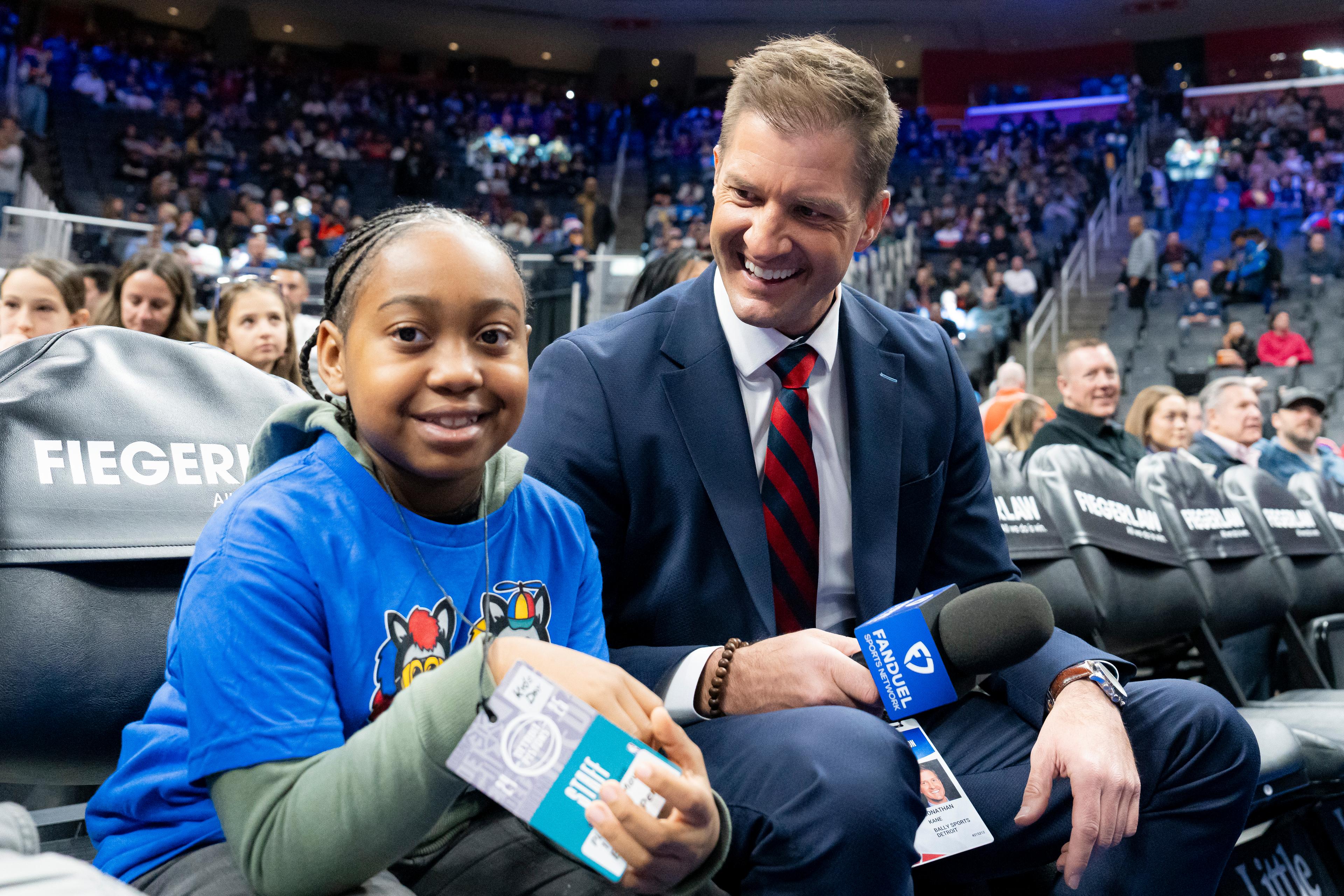How Children Can Thrive Through Cleft and Craniofacial Disorders
Amy Barczy
| 4 min read
Amy Barczy is a former brand journalist who authored content at Blue Cross Blue Shield of Michigan. Prior to her time at Blue Cross from 2019-2024, she was a statewide news reporter for MLive.com. She has a decade of storytelling experience in local news media markets including Lansing, Grand Rapids, Holland, Ann Arbor and Port Huron.

Cleft lip and cleft palate are among the most common birth defects in the U.S.: Approximately 1 in 600 children are born with a cleft lip and/or palate every year, according to the American Cleft Lip Palate Craniofacial Association.
Children born with cleft and craniofacial conditions often need specialized health care and surgeries from the time they are born through the first year of their life, and some need additional services through childhood until they are young adults. Care is often coordinated through interdisciplinary teams to create individualized treatment plans for each child.
While cleft and craniofacial conditions can feel overwhelming to parents after the arrival of a new baby, resources and help are available to help you navigate your journey. With the right care and support, children can grow and thrive.
What is a cleft lip and cleft palate?
A cleft lip or palate occurs during the early months of pregnancy, when parts of the skin, muscle and bone of the baby’s mouth do not come together. A cleft lip is an opening in the lip, and a cleft palate is an opening in the roof of the mouth. These birth defects can be diagnosed through an ultrasound or at birth.
There’s no known cause of cleft lip and cleft palate. Experts believe – as is the case with many other health conditions – that a combination of environmental and genetic factors play a role.
What are craniofacial disorders?
Craniofacial disorders are malformations of the face and skull that may result from birth defects, disease or trauma. The most common can include cleft lip and cleft palate. Others include positional plagiocephaly (flat head syndrome),craniosynostosis (skull sutures fusing prematurely), anotia/microtia (ear is missing or underdeveloped), and anophthalmia/microphthalmia (missing or abnormally small eye).
Some craniofacial disorders may be apparent at birth, while others may occur after they are born. Regularly seeing your baby’s pediatrician or primary care provider – especially in the first year of their life –is important to ensure they are growing on track.
How do cleft lip and cleft palate affect my child’s health and wellbeing?
In the early days and months of their lives, babies with cleft lips and cleft palates often have difficulty feeding as their mouths cannot physically suck milk from the nipple of a bottle or breast. Even though babies have swallowing and sucking reflexes, they will need special bottles and nipples to allow formula or expressed breast milk to flow without suction.
Carefully holding the baby more upright during feeding and pausing often for burp breaks are important, according to the American Cleft Lip Palate Craniofacial Association. Work closely with your baby’s pediatrician and health care team to find the best feeding solution for your child.
The palate is a part of the mouth that plays a key role in forming the sounds we use to speak. A cleft in that palate can make it difficult to speak clearly. Children born with a cleft palate may be prone to more ear infections, as fluid may build up more easily. This may also affect their hearing.
How are cleft lip and cleft palate treated?
One of the first choices parents must make for their baby with a cleft lip and/or cleft palate is choosing a care team to guide the treatment plan.
Care teams include a specialized team of professionals, which often include a craniofacial surgeon, as well as a speech-language pathologist, orthodontist, ear/nose/throat specialist (ENT), pediatric dentist, audiologist, nurse, psychologist, geneticist, or genetic counselor, social worker, and others.
Many children with cleft lips and/or cleft palates likely will undergo a surgery or two during the first year of their life:
- Cleft lip repair surgery typically occurs during the first months of a child’s life to close the space in the lip. Prior to cleft lip surgery, some care teams may recommend orthopedic treatment. As children grow and develop, their lip may begin to stretch unevenly after the surgery. Some may choose to undergo additional surgery – often before the child begins kindergarten – to make the lip look more even.
- Cleft palate repair surgery to close the hole in the palate typically occurs when the baby is one year old. As the child grows, further surgeries may be needed to improve the function of the palate. The palate plays a critical role in making the sounds needed for speaking – which is why a speech-language pathologist is an important part of the care team.
When choosing a care team to treat a craniofacial disorder, check your health insurance coverage to ensure your team is in-network. Blue Cross Blue Shield of Michigan and Blue Care Network members can find doctors and specialists in their network by logging in to their member account at bcbsm.com, or through the Blue Cross mobile app.





